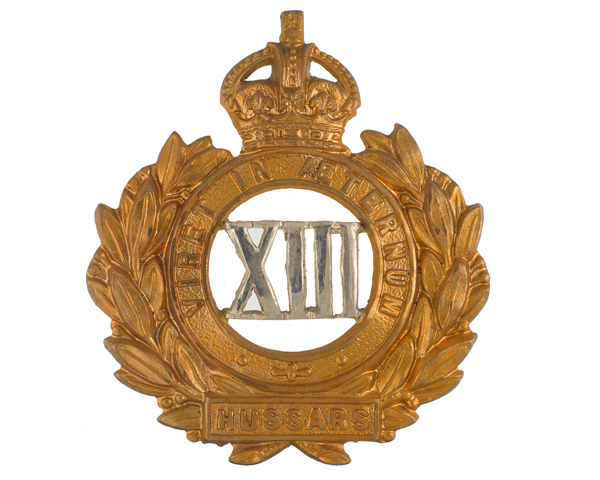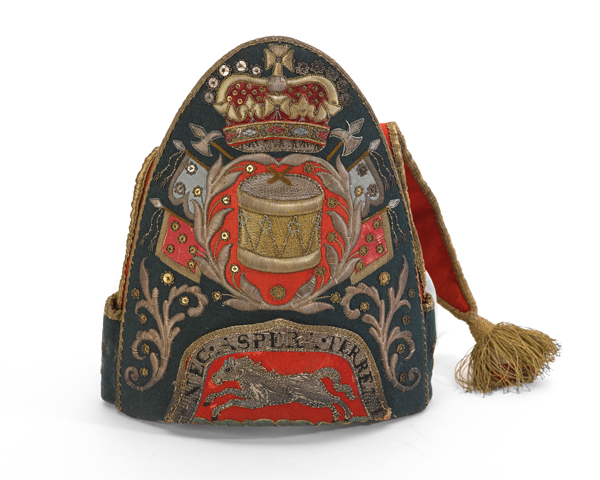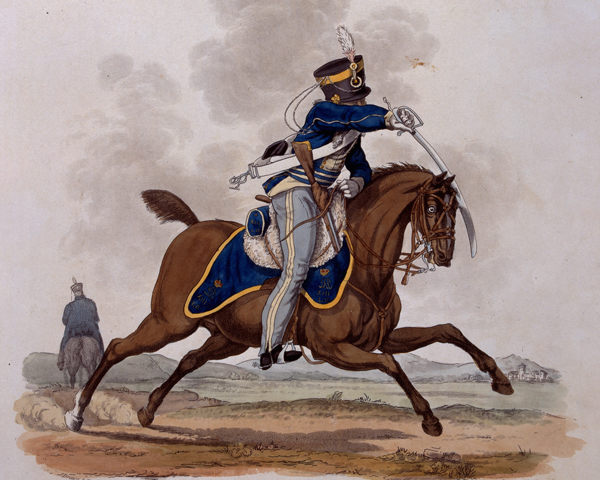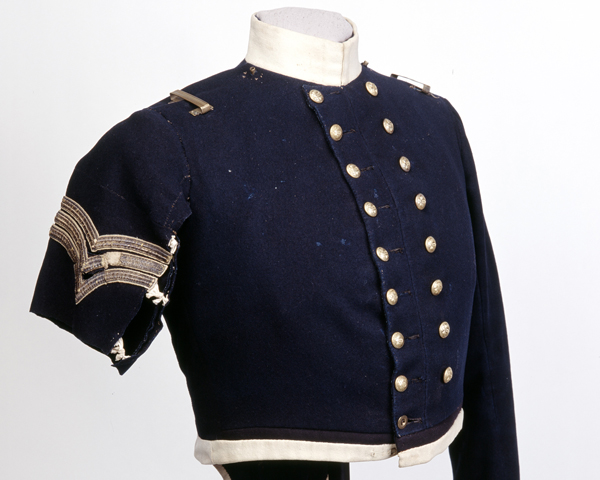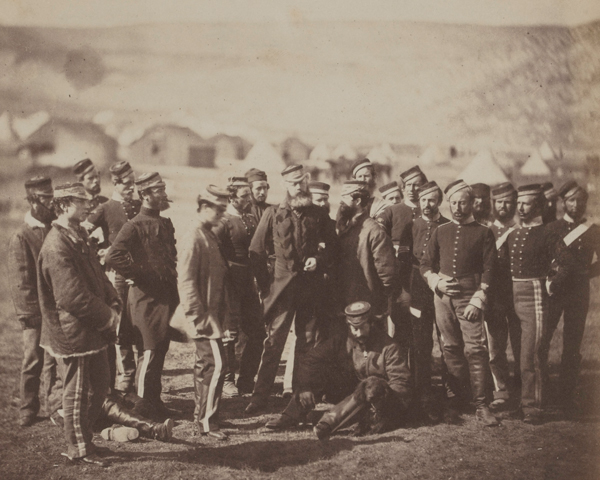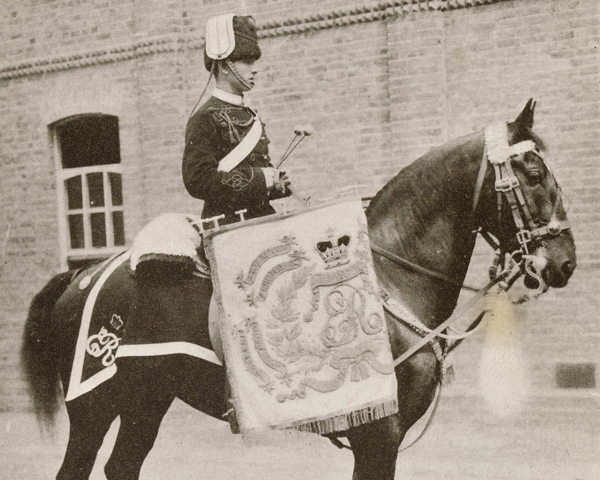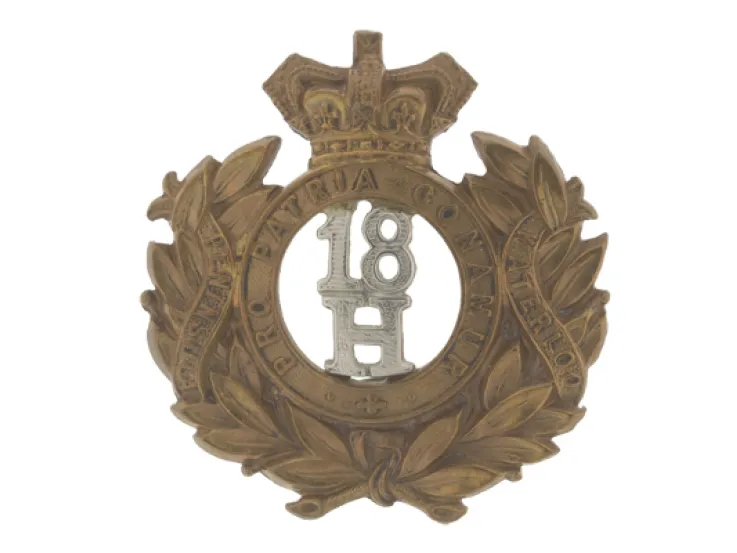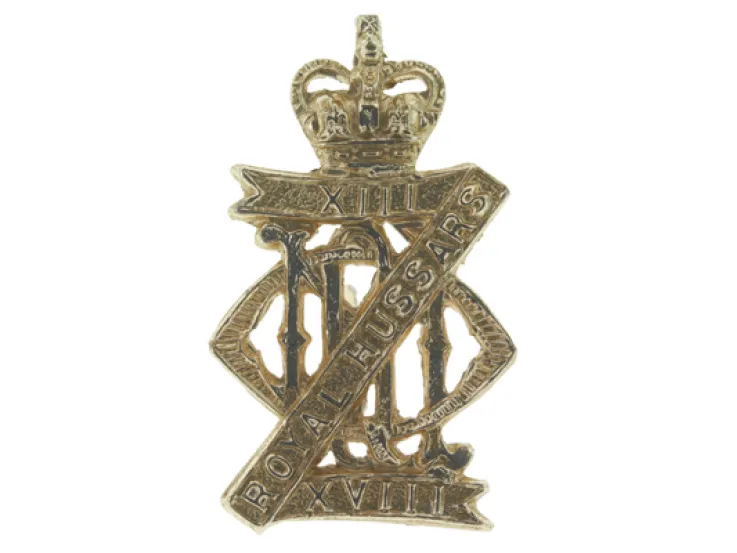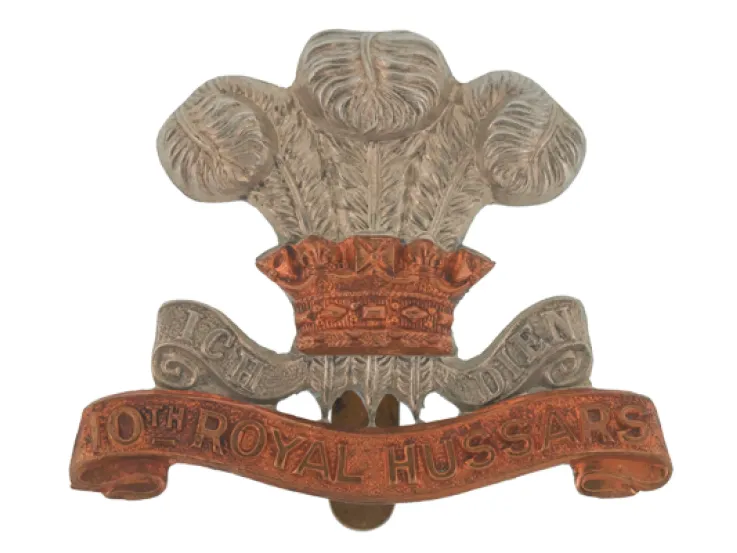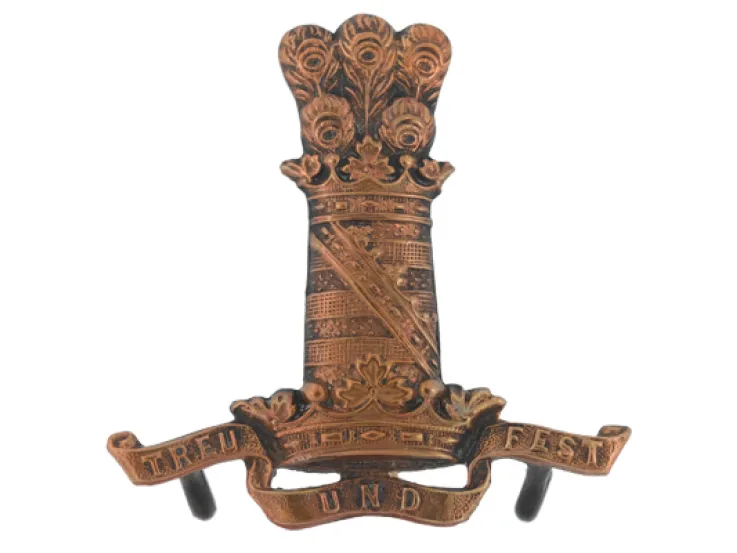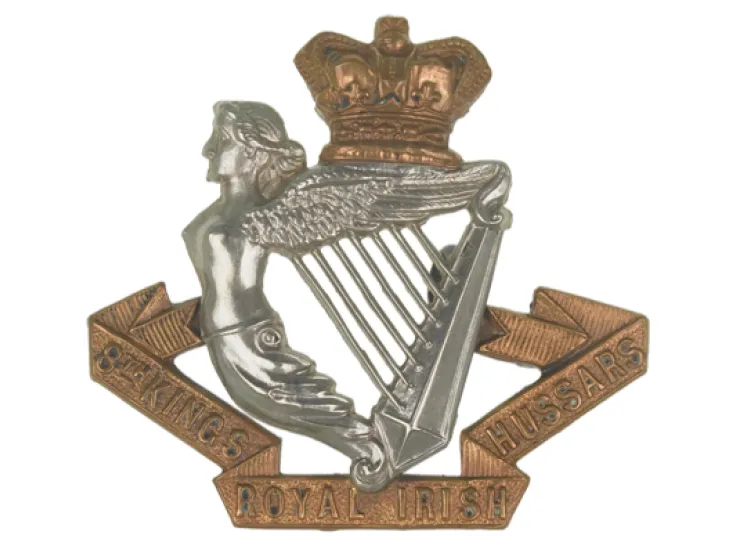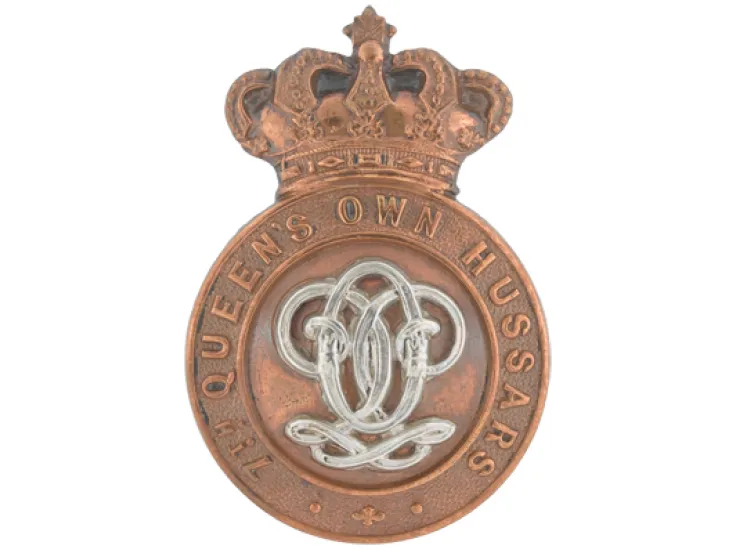Origins
On 23 July 1715, less than a year into his reign, King George I authorised 11 noblemen to form dragoon regiments. One of these units was Richard Munden's Regiment of Dragoons, named after its founder.
The new unit saw its first action on 12 November 1715 against a Jacobite roadblock in Lancaster during the Battle of Preston. It also served at Prestonpans and Falkirk during the Second Jacobite Revolt (1745-46), before undertaking garrison duties in Ireland and England.
In 1751, it was given the numeral 13. And by the end of the 18th century, it had become a light dragoon regiment.
French wars
During the French Revolutionary Wars (1795-1802), it served on Jamaica (1795) and San Domingo (1796). Then, following a period of home service, it set sail for the Peninsular War in 1810, fighting at Campo Maior (1811), Albuera (1811), Badajoz (1812), Vitoria (1813), Nive (1813) and Toulouse (1814).
At Waterloo in 1815, the regiment charged repeatedly and completely routed a square of French infantry. It then joined the Army of Occupation in France.
Victorian wars
Following a long period of Indian service from 1819 to 1840, the regiment was stationed in England.
Next, it was sent to the Crimean War (1854-56), where it took part in the Charge of the Light Brigade (1854). Its personnel there included Lance-Sergeant Joseph Malone, who won the Victoria Cross for his actions. The regiment's Crimean engagements also included Inkerman and Sevastopol.
In April 1861, it was designated a hussar regiment. Five years later, it departed for Canada to help oppose the Fenian Raids (1866-71).
Further Indian service followed, including a deployment to Kandahar at the end of the Second Afghan War (1878-80). Soon after that, Robert Baden-Powell, the founder of the Scouting movement, joined the 13th, later becoming its regimental colonel.
In 1899, it went to South Africa for the Boer War (1899-1902), fighting at Colenso (1899), the Relief of Ladysmith (1900) and in the anti-guerrilla operations towards the end of the campaign.
World war
The regiment fought with 2nd Indian Cavalry Division on the Western Front from December 1914. It then moved to Mesopotamia in July 1916, where it helped bring about the surrender of both Kut and Baghdad in 1917. At Sharqat the following year, it made a mounted charge and then a dismounted bayonet attack that captured Turkish guns.
Legacy
In 1922, it merged with the 18th Royal Hussars (Queen Mary’s Own) to form the 13th/18th Royal Hussars (Queen Mary's Own).
Regimental museums
The National Army Museum works with a network of Regimental and Corps Museums across the UK to help preserve and share the history and traditions of the Army and its soldiers.
Discover more about the 13th Hussars by visiting the Discovery Museum in Newcastle.


